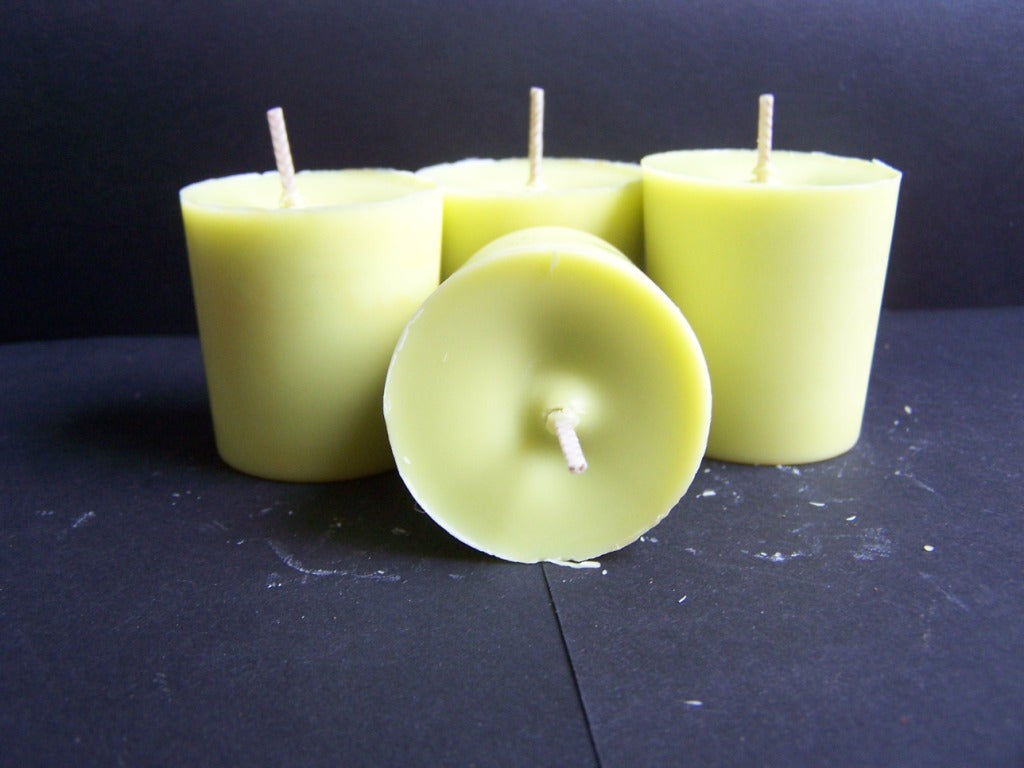Experience the Serenity of Crystal Soy Candles and Home Fragrance
Experience the Serenity of Crystal Soy Candles and Home Fragrance
Blog Article
From Wick to Wax: Recognizing the Chemistry Behind Soy Wax Candles and Their Environmental Influence
As we brighten our areas with the cozy glow of candles, there exists a world of elaborate chemistry behind the relatively easy act of lighting a soy wax candle light. The option in between soy and paraffin wax prolongs past simple visual appeals, delving into the world of environmental impact and the very structure of the materials. Comprehending the molecular structure of soy wax and its combustion process loses light on the emissions released right into our surroundings. Join us as we decipher the clinical intricacies behind soy wax candles and discover their ramifications on our atmosphere.
Soy Wax Vs. Paraffin Wax
When contrasting soy wax and paraffin wax for candle making, it is necessary to comprehend the unique features and benefits of each material. Soy wax is an all-natural, sustainable source originated from soybean oil, making it naturally degradable and environmentally friendly - crystal soy candles. On the other hand, paraffin wax is a byproduct of oil refining, which raises issues about its ecological influence and sustainability
Soy wax candle lights burn cleaner and release less soot contrasted to paraffin wax candle lights, making them a healthier option for indoor air quality. In addition, soy wax has a reduced melting point, permitting for a longer-lasting candle that disperses fragrance better. Paraffin wax, on the other hand, often tends to melt faster and less easily, possibly releasing hazardous chemicals right into the air.
From a sustainability point of view, soy wax is favored for its biodegradability and sustainable sourcing, lining up with the growing consumer preference for ecologically conscious items. While paraffin wax has been a typical option in candle making as a result of its price and convenience of usage, the shift towards environmentally friendly alternatives like soy wax is acquiring momentum in the sector.
Chemical Structure of Soy Wax

Burning Refine in Soy Candles
The chemical structure of soy wax straight influences the combustion procedure in soy candle lights, impacting aspects such as shed time, fragrance launch, and ecological influence. When a soy candle light is lit, the warmth from the flame melts the wax near the wick. This fluid wax is then formulated the wick because of capillary activity. As the liquid wax reaches the flame, it goes through and vaporizes combustion. The combustion procedure entails the vaporized hydrocarbons in the wax responding with oxygen in the air to create warm, light, water vapor, and carbon dioxide.
The combustion performance of soy candles is affected by the purity of the soy wax and the high quality of the wick. In addition, soy wax candles have a lower environmental influence compared to paraffin candle lights due to their eco-friendly and eco-friendly nature.

Environmental Benefits of Soy Wax

Taken into consideration a lasting option to typical paraffin wax, soy wax read more provides remarkable ecological advantages that make it a preferred option amongst eco-conscious consumers. Soy wax burns cleaner and produces less soot than paraffin wax, adding to much better interior air top quality and minimizing the demand for cleaning and maintenance. Generally, the environmental benefits of soy wax straighten with the growing demand for green and lasting items in the market.
Recycling and Disposal Factors To Consider
Recycling and correct disposal of soy wax candle lights play a critical duty in preserving ecological sustainability and reducing waste in communities and houses. When it comes to recycling soy wax candle lights, the initial step is to make sure that the candle has melted read what he said entirely.

In regards to disposal, if recycling is not an option, soy wax candles are biodegradable and can be securely thrown away in the majority of house waste systems. Nonetheless, it is constantly suggested to contact regional recycling centers or waste management solutions for particular guidelines on candle light disposal to ensure correct handling and environmental management.
Conclusion
In final thought, the chemistry behind soy wax candle lights reveals their environmental advantages over paraffin wax candle lights. Soy wax, obtained from soybean oil, burns cleaner and produces much less soot when contrasted to paraffin wax.
When comparing soy wax and paraffin wax for candle making, it is essential to recognize the unique characteristics and advantages of each material (home fragrance).Soy wax candle lights melt cleaner and give off less soot contrasted to paraffin wax candle lights, making them a much healthier choice for interior air top quality.Thought about a lasting choice to standard paraffin wax, soy wax uses noteworthy ecological benefits that make it a click this link preferred selection among eco-conscious customers. Soy wax burns cleaner and creates less soot than paraffin wax, contributing to far better interior air high quality and reducing the demand for cleaning and upkeep.In final thought, the chemistry behind soy wax candle lights reveals their ecological benefits over paraffin wax candles
Report this page